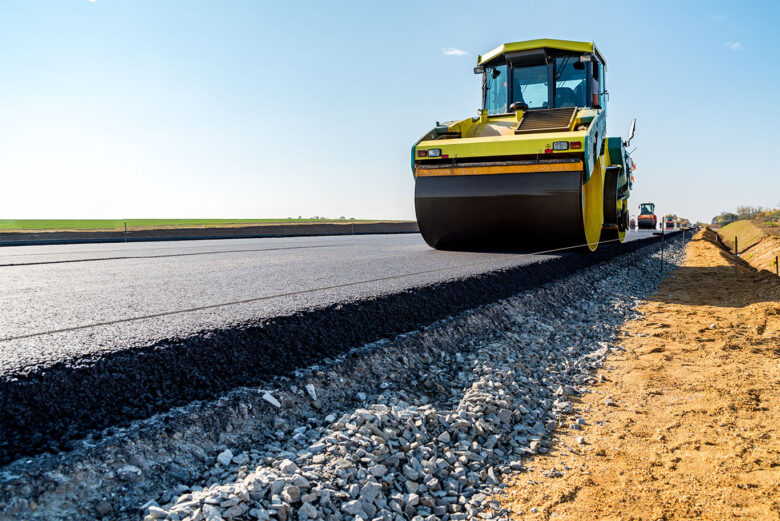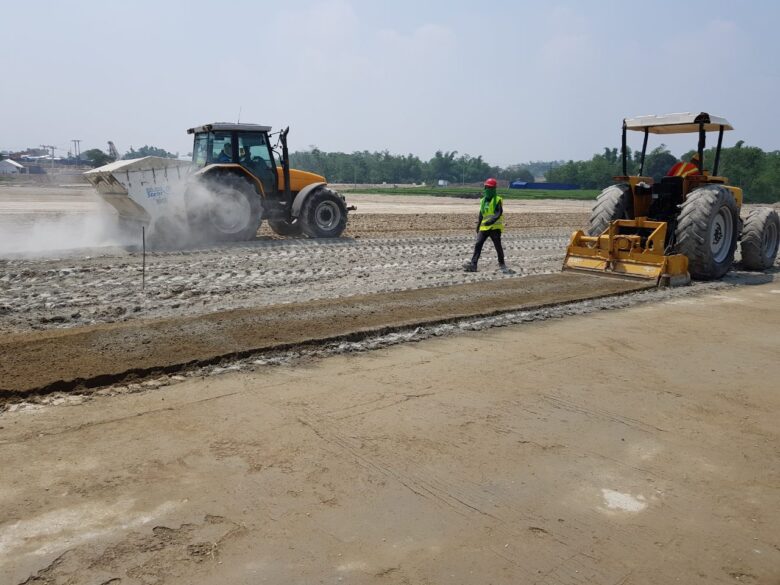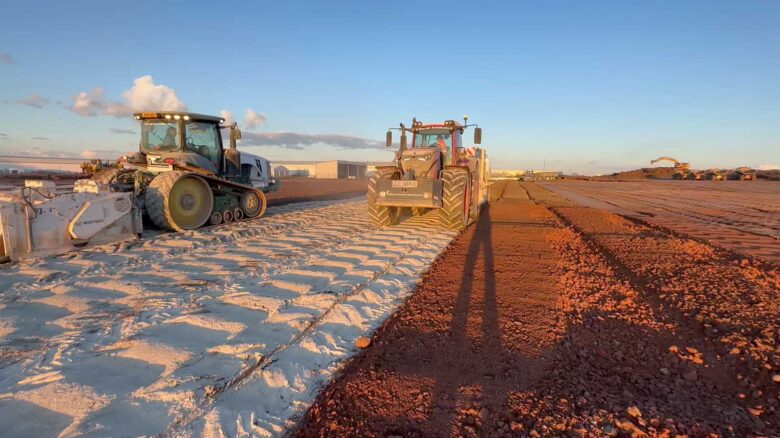In the dynamic realm of construction, the quest for innovation never ceases. One such groundbreaking advancement that has gained prominence is new construction soil stabilization. This article delves into the intricacies of this technique, exploring its benefits, applications, and the transformative impact it brings to the construction landscape.
Soil stabilization is the process of improving the physical and chemical properties of soil to enhance its suitability for construction purposes. Traditional methods often involved the use of cement or lime, which can be resource-intensive and have a significant environmental impact. However, the new advancements in soil stabilization have introduced more innovative and eco-friendly approaches.
One of the notable developments in this field is the use of geopolymers. Geopolymers are a class of inorganic materials that can be synthesized from industrial by-products, such as fly ash or slag, and can be used as a binding agent to stabilize soil.
These geopolymer-based stabilizers offer several advantages over conventional methods. They are not only more environmentally friendly, but also provide superior strength, durability, and resistance to weathering and chemical attack.
Another cutting-edge technique is the utilization of microbial-induced calcite precipitation (MICP). This process involves the use of specific bacteria that can produce calcite, a naturally occurring mineral, to bind soil particles together.

This method is particularly effective in improving the shear strength and bearing capacity of soils, making it ideal for applications in road construction, embankments, and foundations.
The benefits of these new soil stabilization techniques extend far beyond just the construction industry. By improving the soil’s properties, these methods can contribute to the reduction of greenhouse gas emissions, as they minimize the need for energy-intensive processes and the transportation of heavy materials.
Additionally, the use of waste materials in soil stabilization helps to divert these resources from landfills, promoting a more circular economy.
The applications of new construction soil stabilization are truly diverse. From strengthening weak soils to enhancing the stability of slopes and embankments, this technology has the potential to transform the way we approach infrastructure development.
In areas prone to natural disasters, such as earthquakes or floods, these stabilization techniques can play a crucial role in enhancing the resilience of structures, ensuring the safety and well-being of communities.
Understanding New Construction Soil Stabilization

Definition:
- Defining the approach:
- New construction soil stabilization refers to a set of techniques and methods employed to enhance the engineering properties of soil, ensuring it meets the specific requirements for construction projects. The primary goals include improving load-bearing capacity, reducing settlement, and mitigating the risk of soil erosion.
Techniques and methods:
- Innovative approaches:
- Various techniques fall under the umbrella of new construction soil stabilization. These may include the use of chemical additives, geotextiles, soil reinforcement, and mechanical stabilization methods. The choice depends on the characteristics of the soil and the project’s requirements.
Benefits of New Construction Soil Stabilization
Enhanced load-bearing capacity:
- Optimizing soil strength:
- The fundamental advantage lies in significantly improving the soil’s load-bearing capacity. This is particularly crucial in construction projects where the foundation’s strength is paramount.
Reduction in settlement:
- Minimizing subsidence:
- Settlement issues can pose challenges to the stability of structures. New construction soil stabilization helps mitigate settlement problems, ensuring the longevity and stability of buildings and infrastructure.
Erosion control:
- Preserving soil integrity:
- Soil erosion can compromise the integrity of construction sites. Stabilizing the soil minimizes erosion, providing a secure foundation for construction activities.
Cost-effective solutions:
- Efficiency in resource utilization:
- Implementing new construction soil stabilization techniques often proves to be a cost-effective solution. By optimizing soil conditions, the need for extensive foundation modifications or reinforcements is reduced.
Applications Across Construction Projects

Road construction:
- Ensuring roadway stability:
- New construction soil stabilization finds widespread application in road construction projects. By stabilizing the subgrade, roadways’ durability and load-bearing capacity are significantly enhanced.
Building foundations:
- Securing structural integrity:
- For building foundations, ensuring a stable and robust base is crucial. Soil stabilization techniques contribute to the long-term structural integrity of buildings.
Dam construction:
- Mitigating seepage risks:
- Dams require a stable foundation to withstand the forces exerted by water. Soil stabilization aids in mitigating seepage risks and ensuring the structural soundness of dams.
Infrastructure development:
- Supporting large-scale projects:
- Large-scale infrastructure projects, such as airports and bridges, benefit from new construction soil stabilization to address the unique soil challenges presented by each site.
Environmental Considerations

Eco-friendly approaches:
- Sustainable soil stabilization:
- New construction soil stabilization can incorporate eco-friendly approaches, utilizing environmentally sustainable additives and methods to minimize the ecological impact.
Soil preservation:
- Balancing development and conservation:
- Preservation of the natural state of soil is a key consideration. Soil stabilization methods that minimize disruption to the existing ecosystem contribute to a balanced approach to development.
Challenges and Considerations

Site-specific factors:
- Tailoring solutions:
- The effectiveness of soil stabilization is highly dependent on site-specific factors. These include soil composition, climate, and the nature of the construction project.
Monitoring and maintenance:
- Ensuring long-term stability:
- Continuous monitoring and maintenance are essential to ensure the sustained benefits of soil stabilization. Factors such as weather conditions and external forces can impact the stability of the treated soil over time.
Future Trends and Innovations
Advancements in additives:
- Next-generation solutions:
- Ongoing research and development are likely to introduce advanced soil stabilization additives, further enhancing the efficiency and sustainability of the process.
Integration with smart technologies:
- Digital monitoring and control:
- Integrating smart technologies, including sensors and monitoring systems, can revolutionize how soil stabilization is implemented and maintained, providing real-time insights into soil conditions.
Conclusion
These days, the construction world is really making strides when it comes to soil stabilization. It’s all about keeping up with the times, you know? As things evolve and folks start caring more about sustainability, using cutting-edge soil techniques is just part of being a responsible builder.
The industry is really getting on board, rolling up its sleeves, and finding new ways to make sure structures are rock-solid and eco-friendly. It’s all about finding that sweet spot between stability and sustainability – laying a foundation that’s built to last.
Progress might take some work, but the end result is worth it, don’t you think? These people are laying the groundwork for a brighter, more resilient future.

